To provide the best experiences, we use technologies like cookies to store and/or access device information. Consenting to these technologies will allow us to process data such as browsing behaviour or unique IDs on this site. Not consenting or withdrawing consent, may adversely affect certain features and functions.
The technical storage or access is strictly necessary for the legitimate purpose of enabling the use of a specific service explicitly requested by the subscriber or user, or for the sole purpose of carrying out the transmission of a communication over an electronic communications network.
The technical storage or access is necessary for the legitimate purpose of storing preferences that are not requested by the subscriber or user.
The technical storage or access that is used exclusively for statistical purposes.
The technical storage or access that is used exclusively for anonymous statistical purposes. Without a subpoena, voluntary compliance on the part of your Internet Service Provider, or additional records from a third party, information stored or retrieved for this purpose alone cannot usually be used to identify you.
The technical storage or access is required to create user profiles to send advertising, or to track the user on a website or across several websites for similar marketing purposes.
Golden Eyes Vampire Crab - Geosesarma Sp. - Decapod Crustacean 1 × £8.71
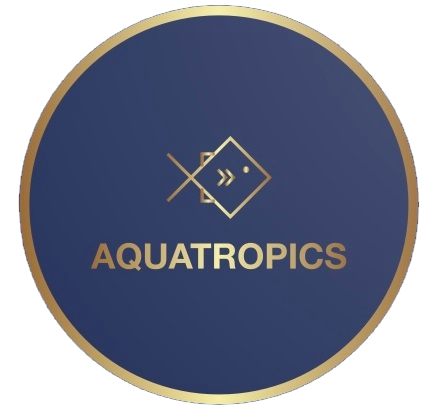
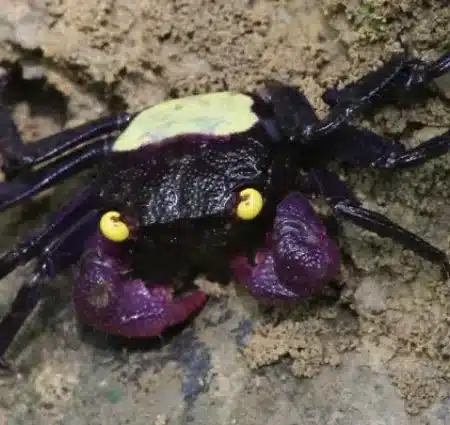 Golden Eyes Vampire Crab - Geosesarma Sp. - Decapod Crustacean
Golden Eyes Vampire Crab - Geosesarma Sp. - Decapod Crustacean 




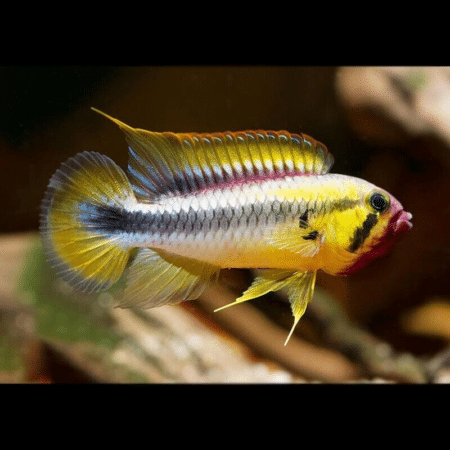

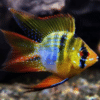
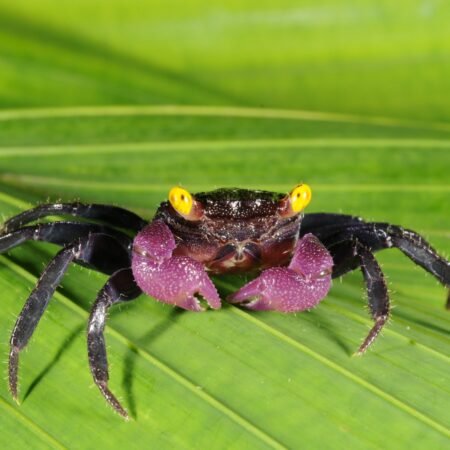

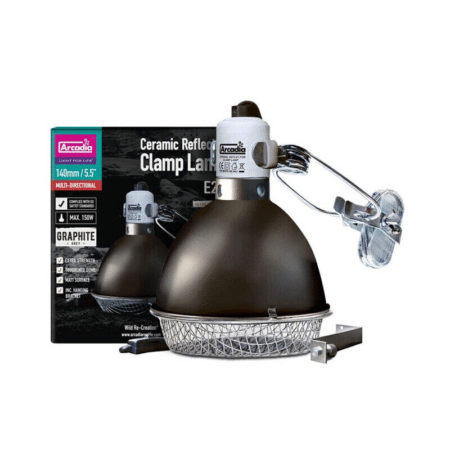
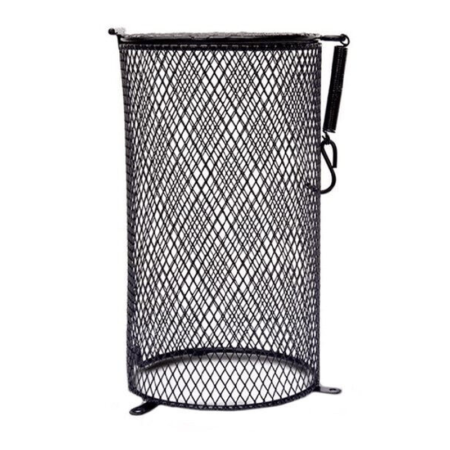
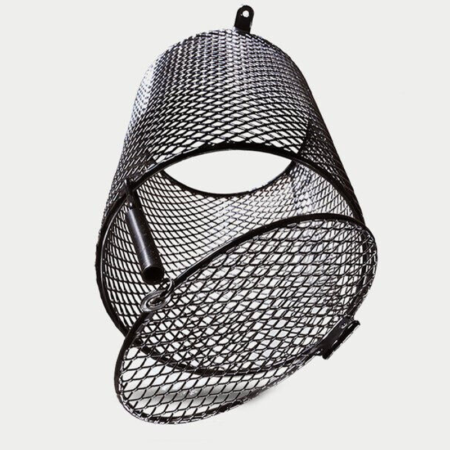




Emily Carter (verified owner) –
I recently purchased a pair of Apistogramma sp. Wilhelmi, and I couldn’t be happier! After two weeks in my 20-gallon planted tank, these stunning dwarf cichlids have settled in beautifully. The colors are vibrant, especially the male, who flaunts a stunning blue hue that really pops against the lush background of my aquarium plants.
What I love most is their unique personality—each fish has a distinct character, and watching them interact has been such a joy. They’re relatively peaceful for dwarf cichlids, which makes them perfect for my community tank. Compared to other dwarf cichlids I’ve kept, these guys have been more active and engaging, which is a delightful surprise!
I did notice a little bit of initial shyness, but once they found their favorite hiding spots, they began exploring confidently. I recommend providing plenty of cover with plants and driftwood to make them feel at home. I would definitely suggest this pair for anyone looking to add a splash of color and personality to their aquarium. Overall, a fantastic purchase, and I can’t wait to see them thrive!
Emily Carter (verified owner) –
I recently purchased a pair of Apistogramma Wilhelmi, and I couldn’t be happier! These little guys are a stunning addition to my 55-gallon peaceful community tank. After a week, they settled in beautifully, exploring their environment and hiding in the plants. Their colors are vibrant, with the male showing off his bright yellow and blue hues during feeding time, which is such a joy to watch.
What I appreciate the most is their temperament; they are gentle and coexist perfectly with my other tropical fish. Unlike other cichlid species I’ve tried, these dwarf cichlids have such a calm nature, making them ideal for community setups.
I also received them in excellent condition, with careful packaging ensuring their safe arrival. The only minor concern is that the female can sometimes be a bit shy, but she’s becoming more confident every day. If you’re looking to add some unique aquarium fish to your collection, I highly recommend this pair! Perfect for both seasoned aquarists and beginners alike.
Overall, I’m thrilled with my purchase and will definitely be looking for more rare fish from this seller in the future!